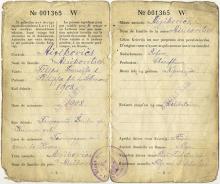Read More...
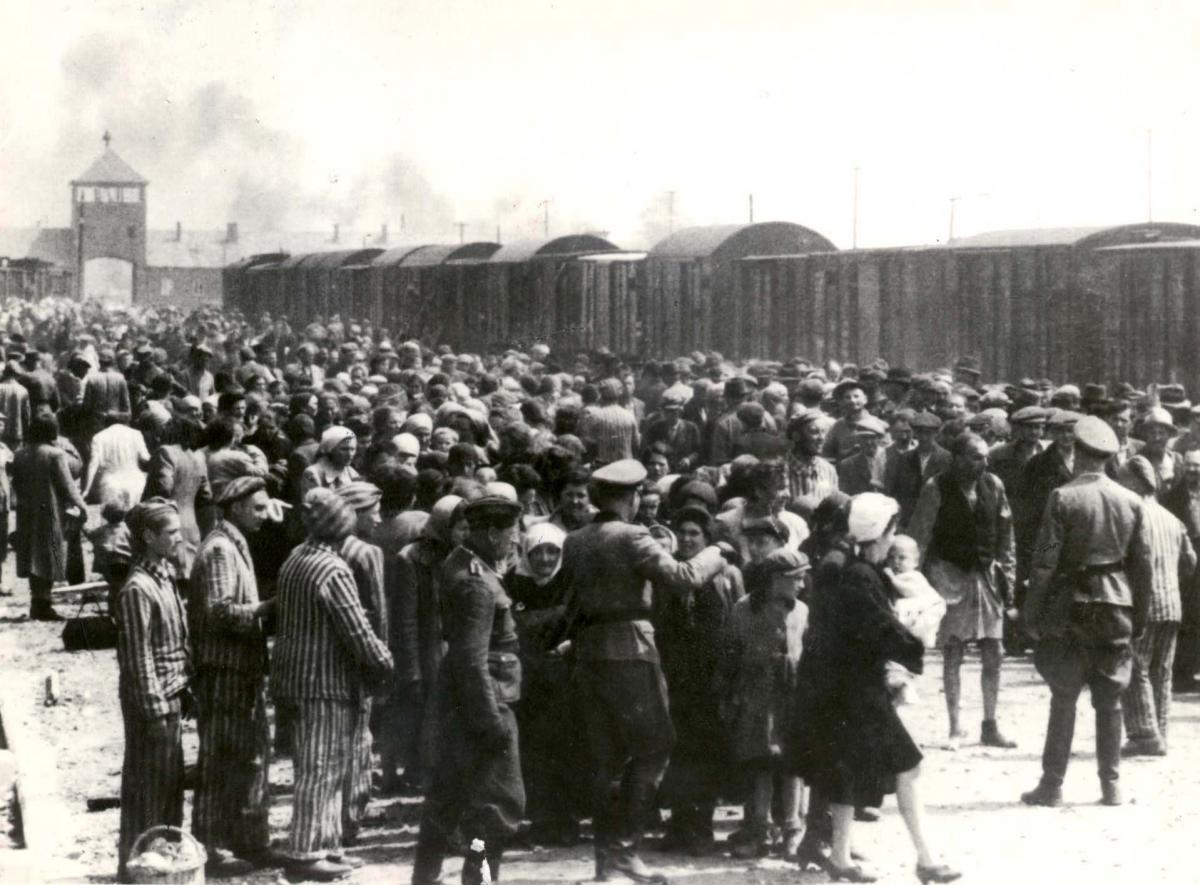
Yad Vashem Photo Archives 14DO9

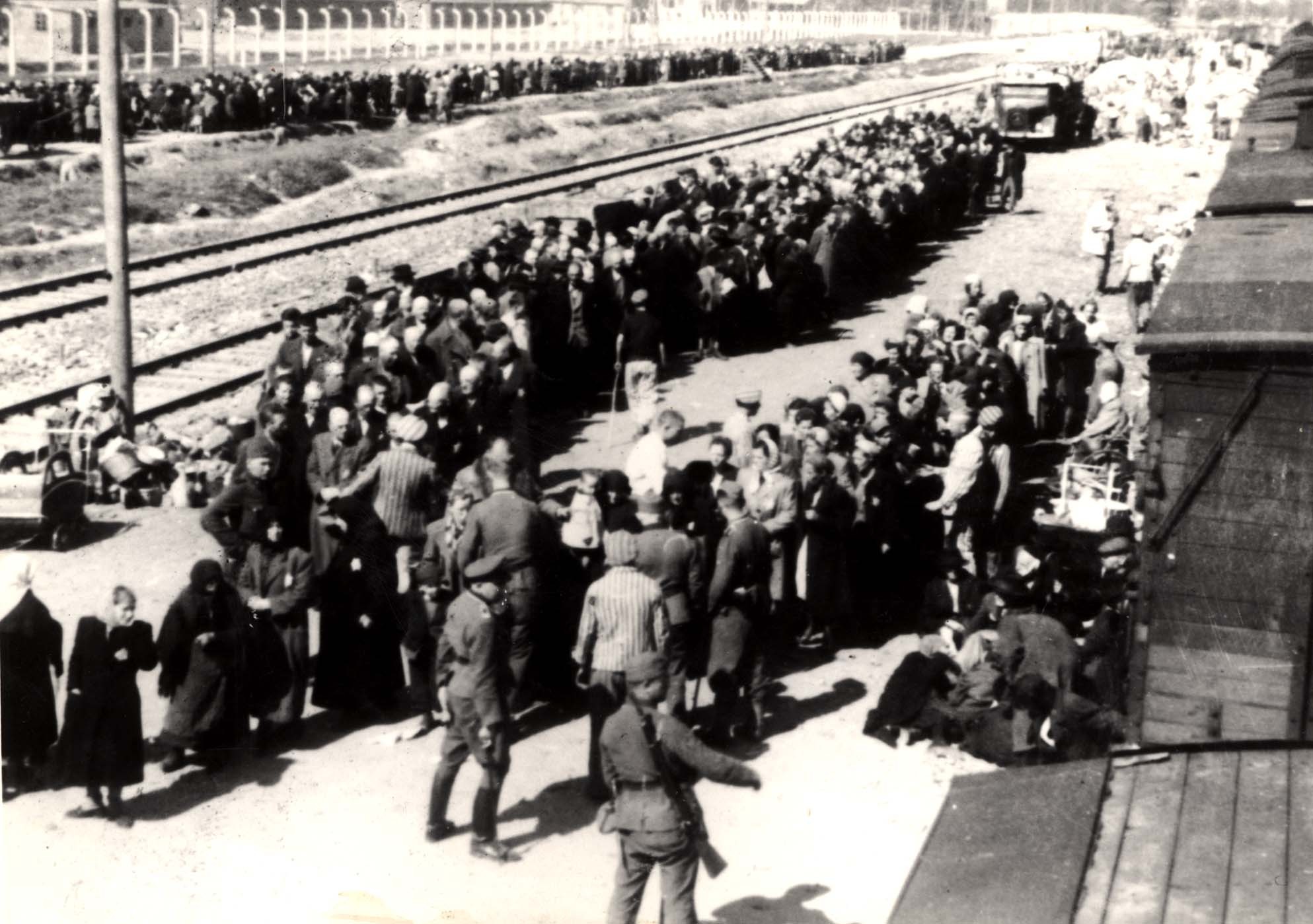
The people in the background are on their way to Crematorium II, whose building is just visible on the top center of the photo.
Yad Vashem Photo Archive FA-268/25.

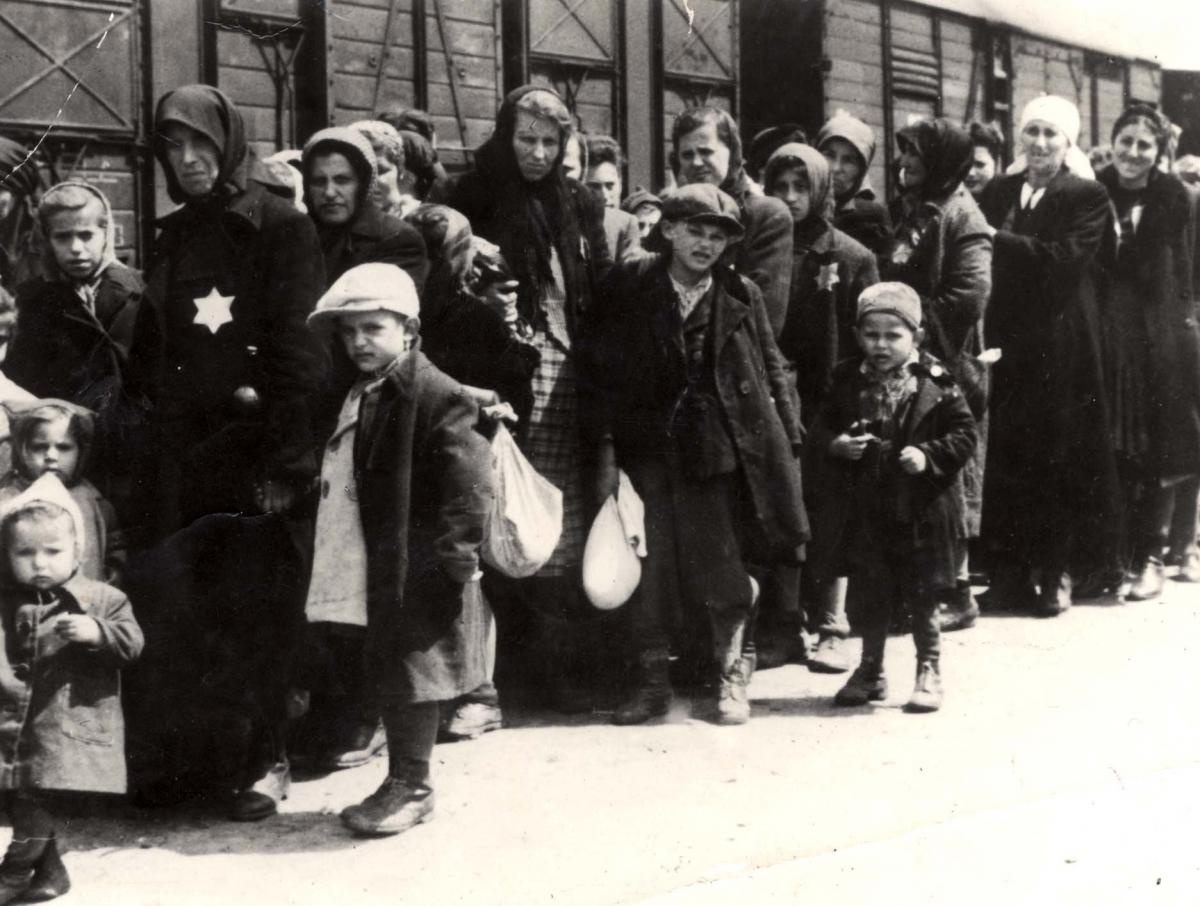
Yad Vashem Photo Archives, ID Number 36171

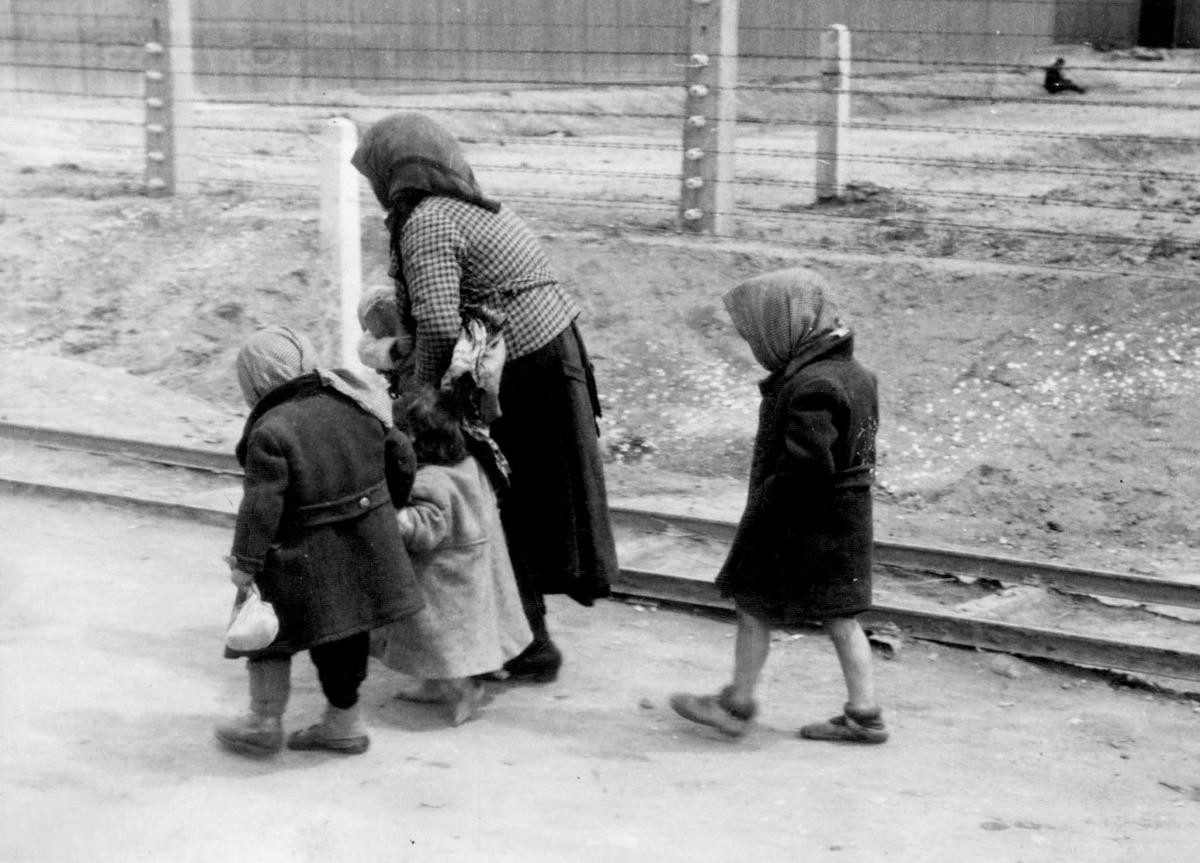
Yad Vashem Photo Archives, ID Number 31588

Appearing in the photograph:Evoya Hoffman, from BudrogcrastorLena Egri from Budrogcraster, aunt of EvoyaRuth Hoffman, from Budrogcraster, sister of EvoyaMelwyn Hoffman, mother of EvoyaPirushka Sas Matokai, sister of Lena and MelwynDaughter of Pirushka<br /> Krazie Sas, son of Pirushka
Yad Vashem Photo Archives, ID Number 37839
Yad Vashem Photo Archives 95503
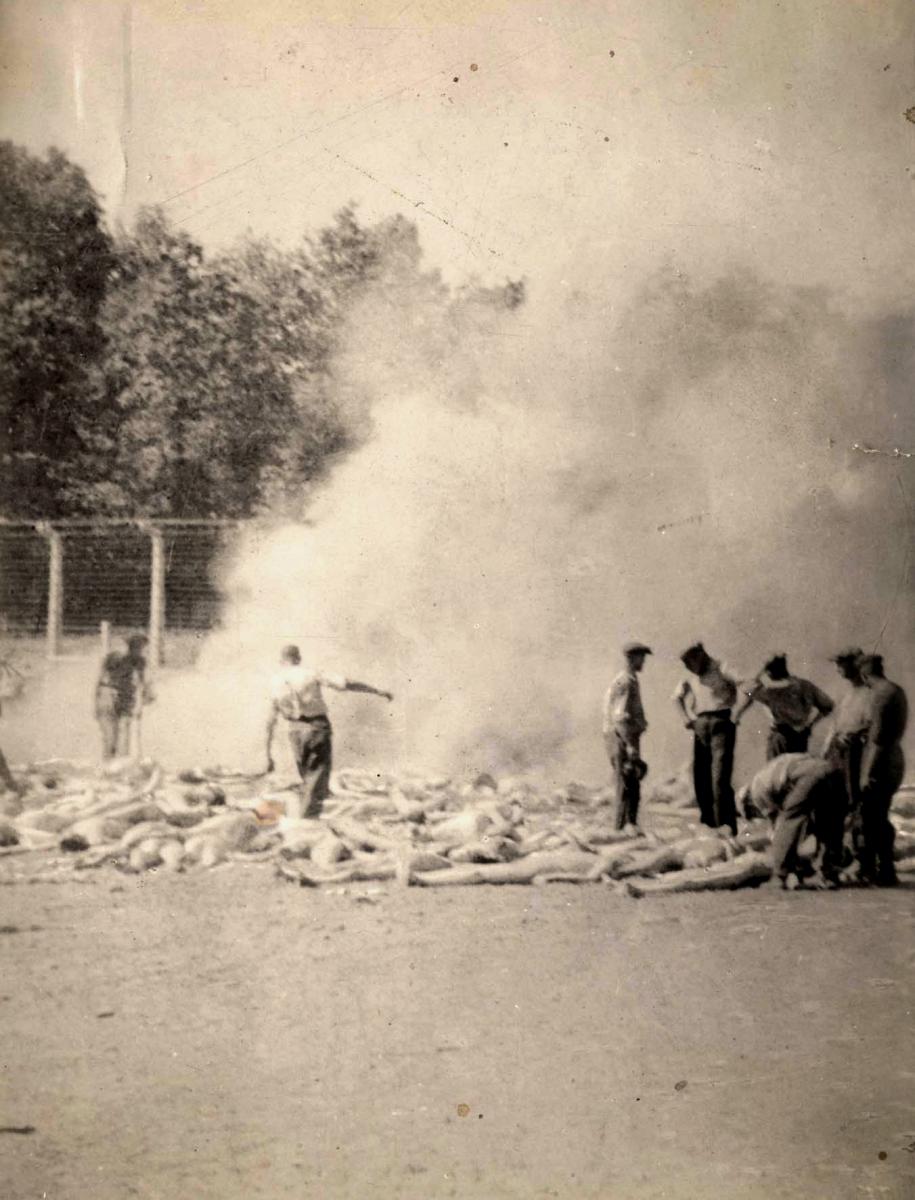
This is one of only three photographs that document the burning of bodies in Auschwitz-Birkenau. The photographs were secretly taken by a member of the sonderkommando and were smuggled out by the international underground in the camp.
Yad Vashem Photo Archives 20AO8

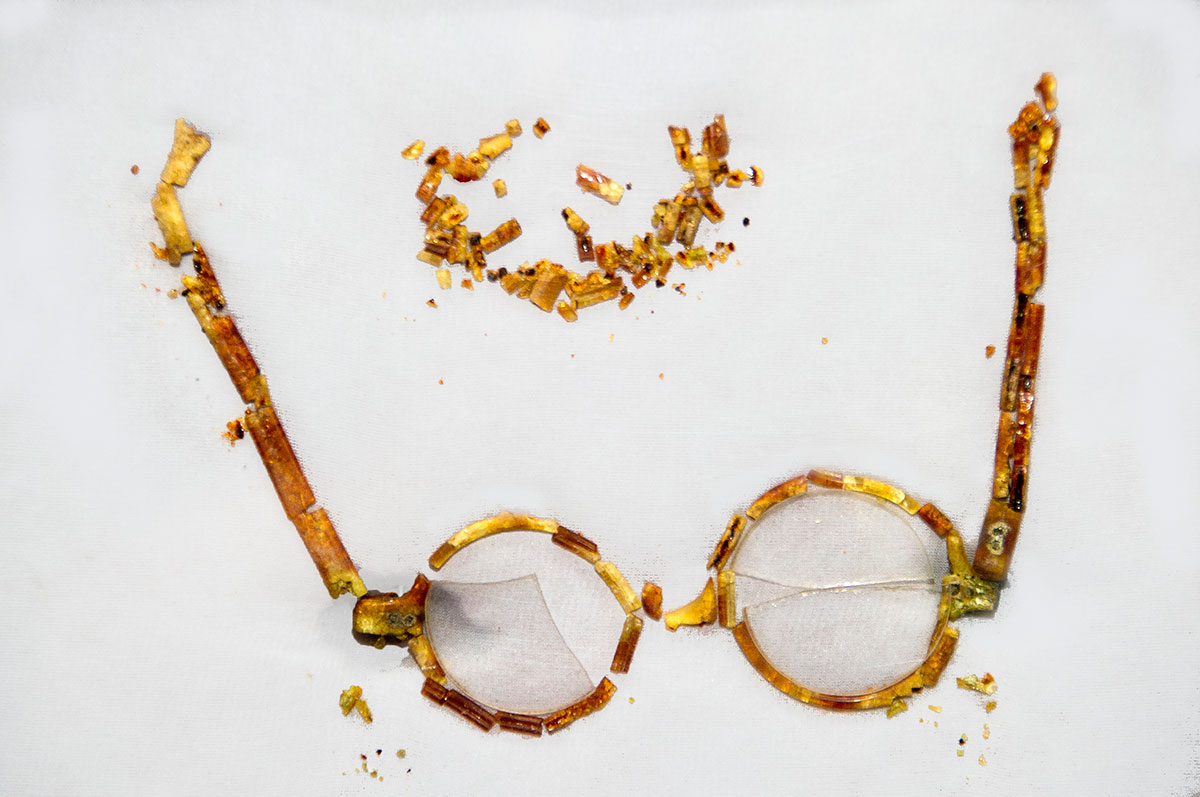
During a selection at Birkenau, Bluma gave the glasses to her daughter, Tola, who put them in her dress pocket. Bluma was sent to the gas chamber. Her daughter managed to preserve the glasses, tied to her body, until liberation - a last memory of her mother.
Yad Vashem Artifacts Collection
Donated by Tola (Walach) Melzer, Haifa

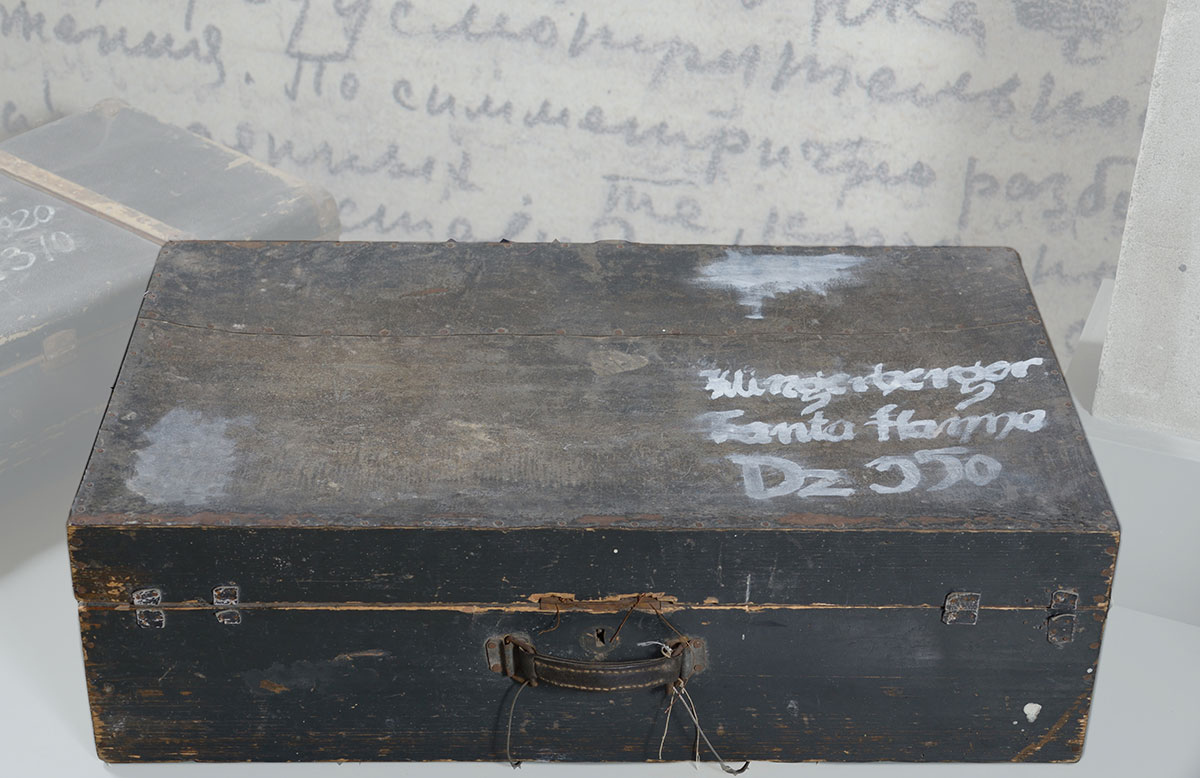
Hanna was born in 1905 in Louny, Czech Lands. She was incarcerated in the Theresienstadt ghetto in 1942. In May 1944 she was deported to Auschwitz, where she was murdered.
Yad Vashem Artifacts Collection
Loaned by Państwowe Muzeum Auschwitz-Birkenau, Oświęcim, Poland

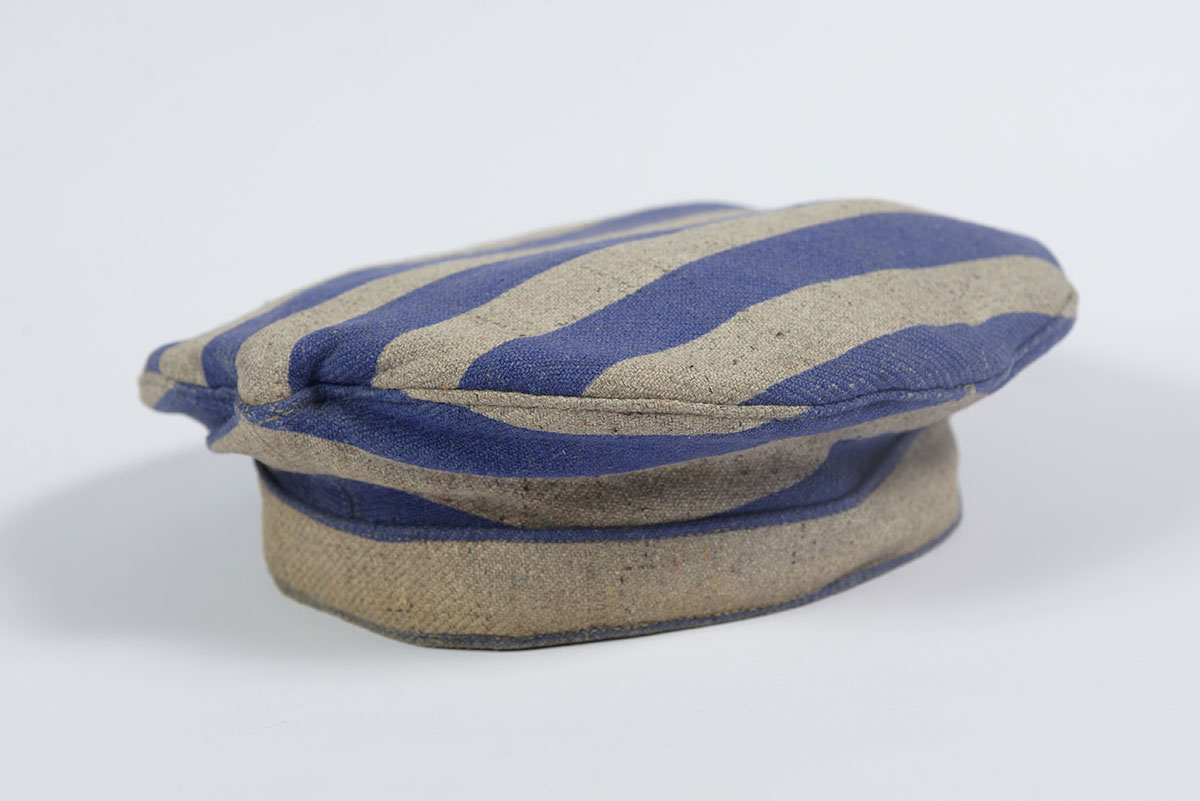
His wife and child were murdered there.
Yad Vashem Artifacts Collection
Donated by Albert Glaser, Jerusalem

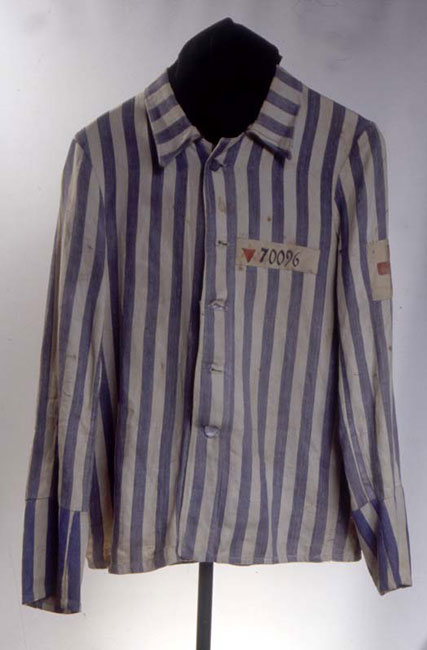

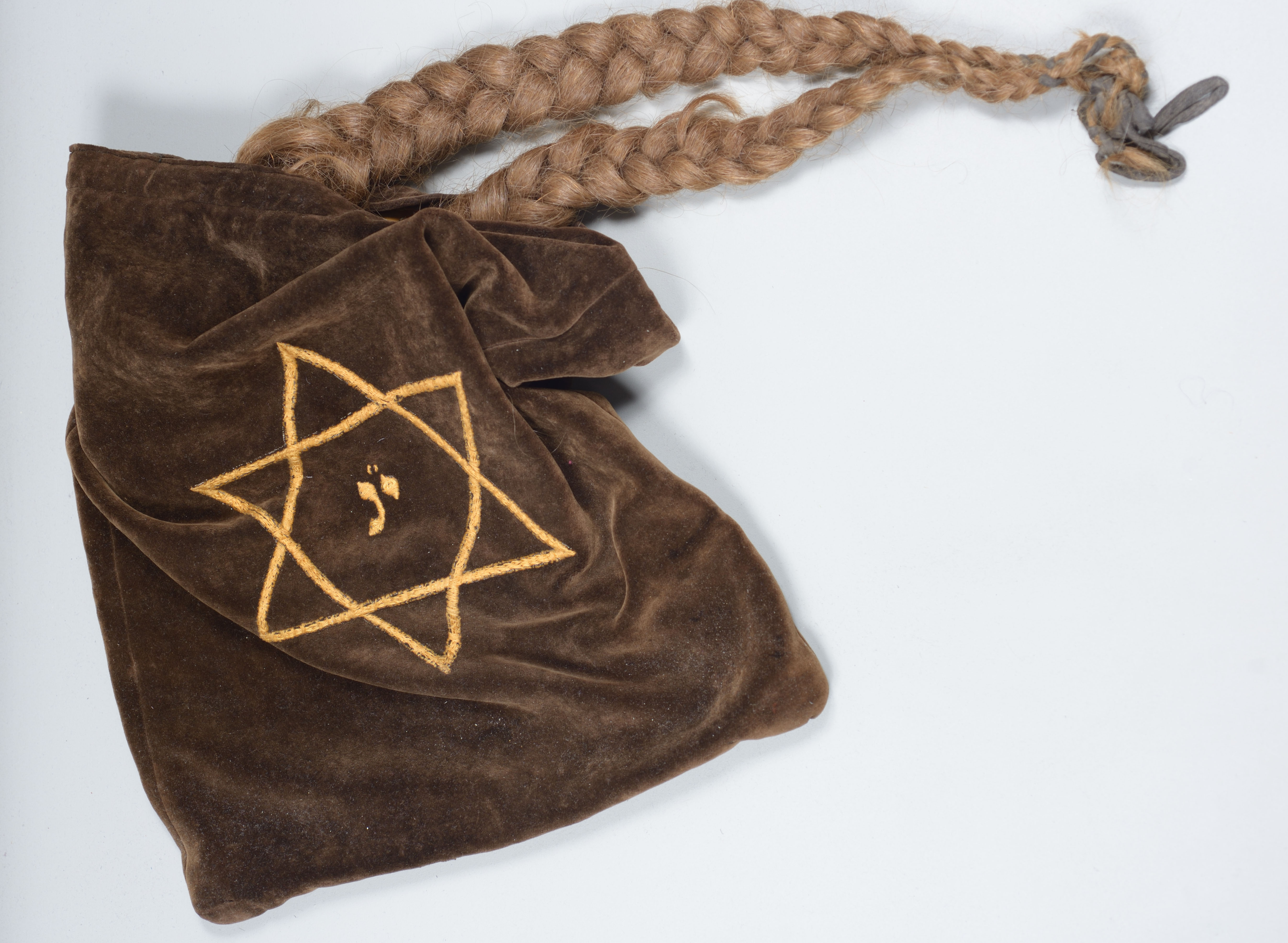
The hair of 12 year-old Lili had not been cut since her early childhood. When she and her family were forced to leave their home in Târgu-Mureş and move to the ghetto, Lili’s mother, Rivka, knew she would not be able to care properly for her daughter’s hair in the ghetto. Chopping off Lili’s two long, beautiful braids, she promised that they would be given to the neighbors for safekeeping.Within six weeks, Lili and her mother were murdered at Auschwitz.
Yad Vashem Artifacts Collection
Donated by Dr. Yitzhak Hirsch, Kiryat Haim, Israel

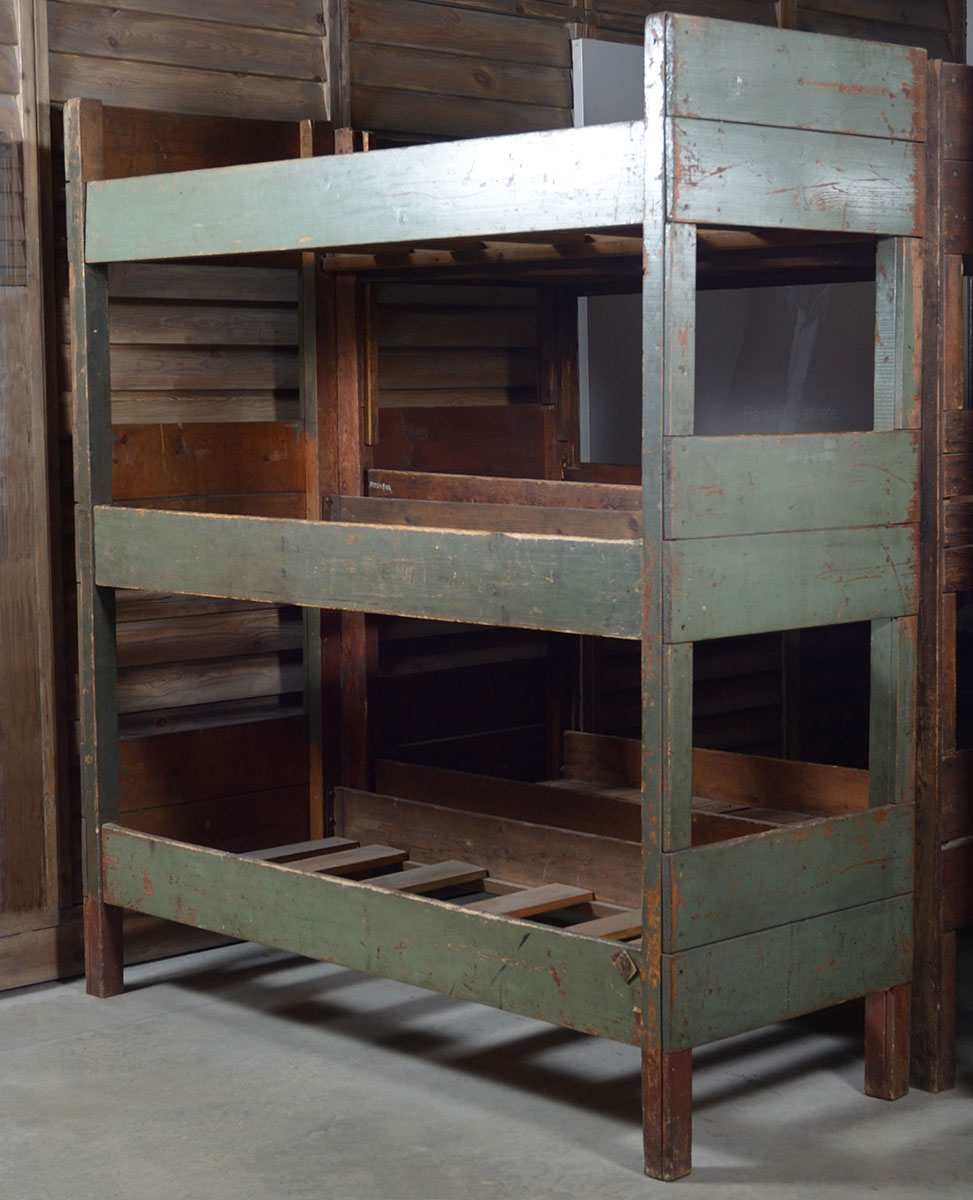
Yad Vashem Artifacts Collection
Loaned by Panstwowe Muzeum Auschwitz-Birkenau, Oswiecim, Poland

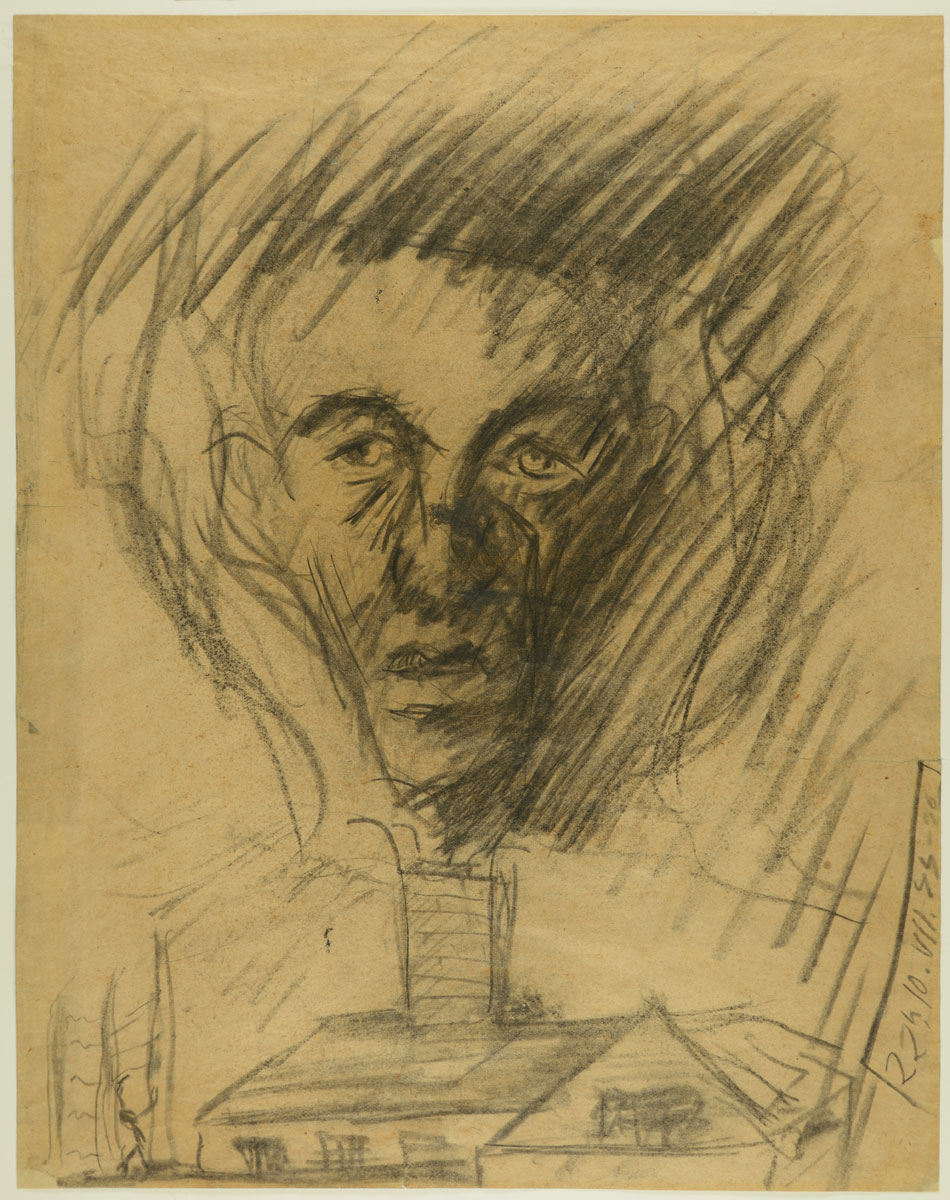
Collection of the Yad Vashem Art Museum, Jerusalem

The commander of Auschwitz-Birkenau, Rudolf Höss, stated in his autobiography that in 1941 (no exact date is given) he was summoned to Berlin, where Himmler informed him that Hitler had issued an order to solve the “Jewish Question” for good, and that the order was to be implemented by the SS. “The existing extermination places in the east are unsuited to a large scale, long-term action. I have designated Auschwitz for this purpose,” Himmler said.
Auschwitz-Birkenau, the largest of the concentration and extermination camps established on Polish soil, served concurrently as a labor camp and as a center for the rapid extermination of Jews. Chosen as the central location for the annihilation of the Jewish people, it was equipped with several extermination facilities and crematoria. Extermination was carried out by means of Zyklon B gas, a substance that had previously been tested on Russian prisoners of war.
Birkenau (Auschwitz II) was established in October 1941, three kilometers from Auschwitz. Exterminations in Birkenau began in March 1942. There were four gas chambers in the camp that used Zyklon B gas. Until November 1944 the camp functioned as a factory for mass murder, receiving transports from all over Europe. Most of those brought to the camp were Jews and nearly all were immediately sent to the gas chambers. Only a small percentage was selected for labor in the camp itself, labor in munitions plants at satellite camps, or the “medical” experiments of Dr. Josef Mengele and his staff. In the spring and summer of 1944, the rate of extermination was increased as the Jews of Hungary and the Lodz ghetto were brought to the camp.
The process of selection and murder was carefully planned and organized. When a train stopped at the platform, veteran prisoners received the victims and gathered their belongings in several barracks in an area known as “Kanada.” The arrivals were lined up in two columns – men and boys in one, women and girls in the other – and SS physicians performed a selection. The criterion was the appearance of the prisoners, whose fate, for labor or for death, was determined at will. Before they entered the chamber, they were told that they were about to be disinfected and ordered to undress. The doors of the chamber were locked and the gas was introduced. After the victims were murdered, their gold teeth were extracted and women’s hair was shorn by the Sonderkommando – groups of Jews forced to work in the crematoria. The bodies were hauled to the crematorium furnaces for incineration, the bones were pulverized and the ashes were scattered in the fields.
Repeat selections took place several times during the day in roll calls. Inmates who had become weak or ill were separated from the ranks and sent to the gas chambers. A brutal regimen based on a set of punishments and torture was invoked in the camp. Few managed to survive.
The Auschwitz camp complex was liberated by the Soviet Red Army on 27 January 1945. Tragically, by then approximately 1,000,000 Jews, 70,000 Poles, 25,000 Sinti and Roma, and some 15,000 prisoners of war from the USSR and other countries had been murdered at Auschwitz.









